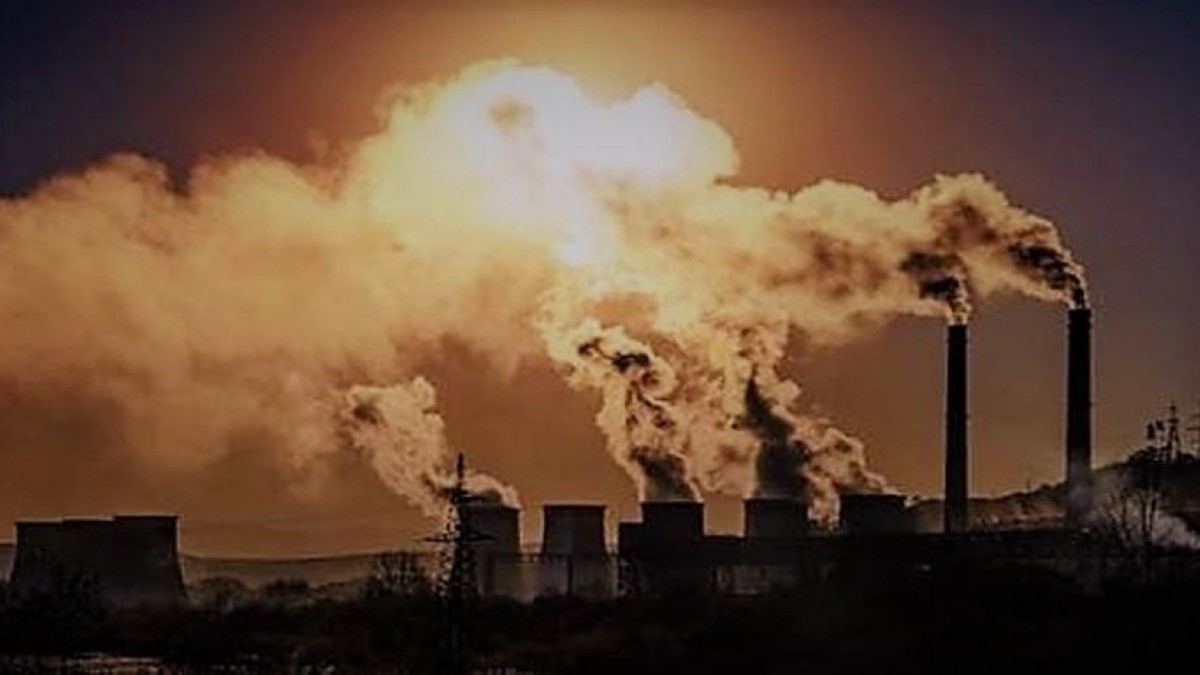Malaysia Population Research Hub

Malaysia still lacks behind when comes to efficient public transportation systems, resulting in an increased use of private vehicles while contributing greatly to carbon (CO2) emissions in the atmosphere. Apart from climate change, inhalation of CO2 especially during traffic congestions can lead to serious respiratory health implications. According to World Bank, Malaysia produces more CO2 emissions than almost half of OECD countries and 3.0 MT/capita more than the World average of 5.0 MT/capita. The countries with highest CO2 emissions per capita is Luxembourg (18.7 MT/capita), followed by the U.S. (16.4 MT/capita), Australia (16.3 MT/capita) and Estonia (15.1 MT/capita). Brazil records one of the lowest CO2 emissions, at only 2.5 MT/capita. Aside from Singapore, Malaysia produced higher levels of carbon emissions (7.5 MT/capita) as compared to other countries in the region, i.e. Vietnam (1.8 MT/capita), Indonesia (2.4 MT/capita) and Thailand (4.5 MT/capita), despite smaller population size. Thus, the availability of green areas come into play in urban development in order to counter CO2 emissions while reducing heat generated by greenhouse gases in order to provide better quality air for city inhabitants.
Sources: Source: World Bank, 2017
Definition: CO2 stemming from the burning of fossil fuels and the manufacture of cement.
CO2 emissions (metric tons per capita) in Malaysia compared to OECD countries, 2013
CO2 emissions (metric tons per capita) in Malaysia compared to ASEAN countries, 2013
Green Spaces
The availability of green spaces is also becoming a more important requirement for a residential area and cities. These range from basics, such as clean water to more elaborate amenities, such as open-air recreational spaces and noise-free spaces for inhabitants to live and work. The Asian Green City Index, 2011 by Economic Intelligence Unit (EIU) and Siemens shows that maintaining a standard of 39 square metres of green space per capita is one of the elements to create adequate living conditions for city inhabitants, and for successful sustainable land use and building in a city.
According to the Index, Kuala Lumpur’s green space per capita is at 44 square meters (m2), just above the Index’s standards of 39 square meters and higher than cities from developed Asian and developing Southeast Asian countries.
when comes to efficient public transportation systems, resulting in an increased use of private vehicles while contributing greatly to carbon (CO2) emissions in the atmosphere. Apart from climate change, inhalation of CO2 especially during traffic congestions can lead to serious respiratory health implications. According to World Bank, Malaysia produces more CO2 emissions than almost half of OECD countries and 3.0 MT/capita more than the World average of 5.0 MT/capita. The countries with highest CO2 emissions per capita is Luxembourg (18.7 MT/capita), followed by the U.S. (16.4 MT/capita), Australia (16.3 MT/capita) and Estonia (15.1 MT/capita). Brazil records one of the lowest CO2 emissions, at only 2.5 MT/capita. Aside from Singapore, Malaysia produced higher levels of carbon emissions (7.5 MT/capita) as compared to other countries in the region, i.e. Vietnam (1.8 MT/capita), Indonesia (2.4 MT/capita) and Thailand (4.5 MT/capita), despite smaller population size. Thus, the availability of green areas come into play in urban development in order to counter CO2 emissions while reducing heat generated by greenhouse gases in order to provide better quality air for city inhabitants.
However, Malaysia’s capital pales in significance in this aspect especially when compared to Singapore (66m2), other capitals in Asia and provinces in China such as Taipei (50m2), Beijing (88m2) and Guangzhou (166m2).
Green spaces are crucial for the development of a healthy living environment in Malaysian cities, as it makes a real and measurable difference to city inhabitants whereby their wellbeing and happiness are critical indicators of a nation’s wealth and social development. Moreover, people who use green spaces are more likely to take exercise than those who do not, given that the number of Malaysians contracting non-communicable diseases such as diabetes has been rising. The attractiveness or quality of green space is important, especially where direct exposure to nature can contribute in reducing stress and increasing happiness. Parks not only provide space for neighbourhood residents to interact with each other and meet new people, they are also great spaces for events and for people to engage in recreational activities, which can reduce anti-social behaviours and incidences of crime in urban areas. This allows inhabitants to develop a sense of community, which can also help to reduce Malaysians’ insecurity and fear for safety. The National Landscape Policy by Ministry of Urban Wellbeing, Housing and Local Government (KPKT) aims to impose at least 30% of urban development areas as green areas by 2020. Compared to Singapore, which currently has 47% of public green space despite being an urbanised city state, Malaysia is just in its initial stages of imposing green urban development.
Sources: Asian Green City Index, 2011
Asian Green City Index – square meters (m2) of green space per capita by city, 2011